Media | Articles
Batteries or hydrogen? Toyota guts two ’80s hot hatches for alt-fuel fun
British car enthusiasts might remember the AE86 Toyota Corolla from its touring car and rallying days, but elsewhere in the world the small rear-drive family car is a Japanese performance legend every bit on par with Nissan Skylines and Mazda RX-7s.
Light weight, mechanical simplicity, and that rear-wheel drive layout put it alongside the Mazda Miata as the default car for young enthusiasts to cut their driving teeth—and while values have spiraled upwards in the past decade or so, its appeal hasn’t diminished.
An obvious platform, then, on which Toyota can demonstrate its battery- and hydrogen-powered credentials in a way to capture the hearts and minds of skeptical drivers—with a pair of concepts shown at the Tokyo Auto Salon.
The AE86 H2 Concept and AE86 BEV Concept do what they say on the tin. The former, based on the pop-up headlight Sprinter Trueno shell, retains the Corolla’s ‘4A-GE’ 1.6-liter inline four combustion engine and much of its conventional driveline, but packs a pair of hydrogen storage tanks from the production Toyota Mirai, and burns the hydrogen as a combustion fuel.
It’s an approach that has been explored before with hydrogen, and one that some observers still believe is the future. On a large scale, that’s still probably quite far away—hydrogen remains an energy-intensive element to get hold of in any useful quantity, negating many of the benefits of its cleaner-burning nature.
Marketplace
Buy and sell classics with confidence
But Toyota has used it in its Super Taikyu endurance racing cars for a while now, and from a practical standpoint it clearly works. The benefit here of course is that so little of the donor car needs to be changed, and perhaps hydrogen’s greatest potential is as another small part of the future fuel mix—alongside synthetic fuels in older cars, and battery electric technology in newer ones.
Talking of batteries, that’s where the other AE86, a fixed-headlight Corolla Levin, derives its power. Using the motor from a Toyota Tundra hybrid truck, and batteries from a Prius, the Corolla keeps its rear-drive layout and indeed its manual transmission—giving the driver some agency over acceleration performance—while the standard car’s front-rear weight balance has been “maintained as much as possible.”
Toyota’s unfortunately light on details on either car, and the concept nature of both is betrayed by a severe lack of practicality—the hydrogen tanks and the battery pack fully occupy the boot (and in the EV, most of the rear seats) in each.
Probably not something you’d do yourself then, at least not in its current format. But as a proof of concept, it’s not without allure. Particularly the hydrogen car, which presumably drives much like the original, right down to the snorty noises and sharp throttle response. And, presumably, wouldn’t complain too much at a few modifications.
As a final nod to sustainability, Toyota has worked with aftermarket component manufacturers on both cars (good to see in itself), fitting used parts, such as seats, restored and rejuvenated with recycled materials.
Given these cars were born to go sideways though, perhaps Toyota’s next job should be finding a way of producing eco-friendly tire smoke …
Check out the Hagerty Media homepage so you don’t miss a single story, or better yet, bookmark it.
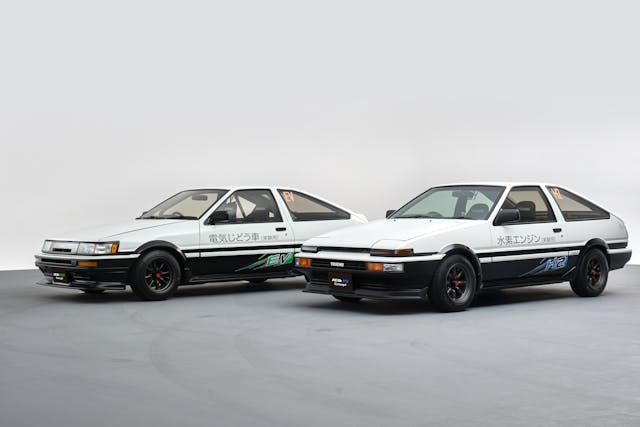

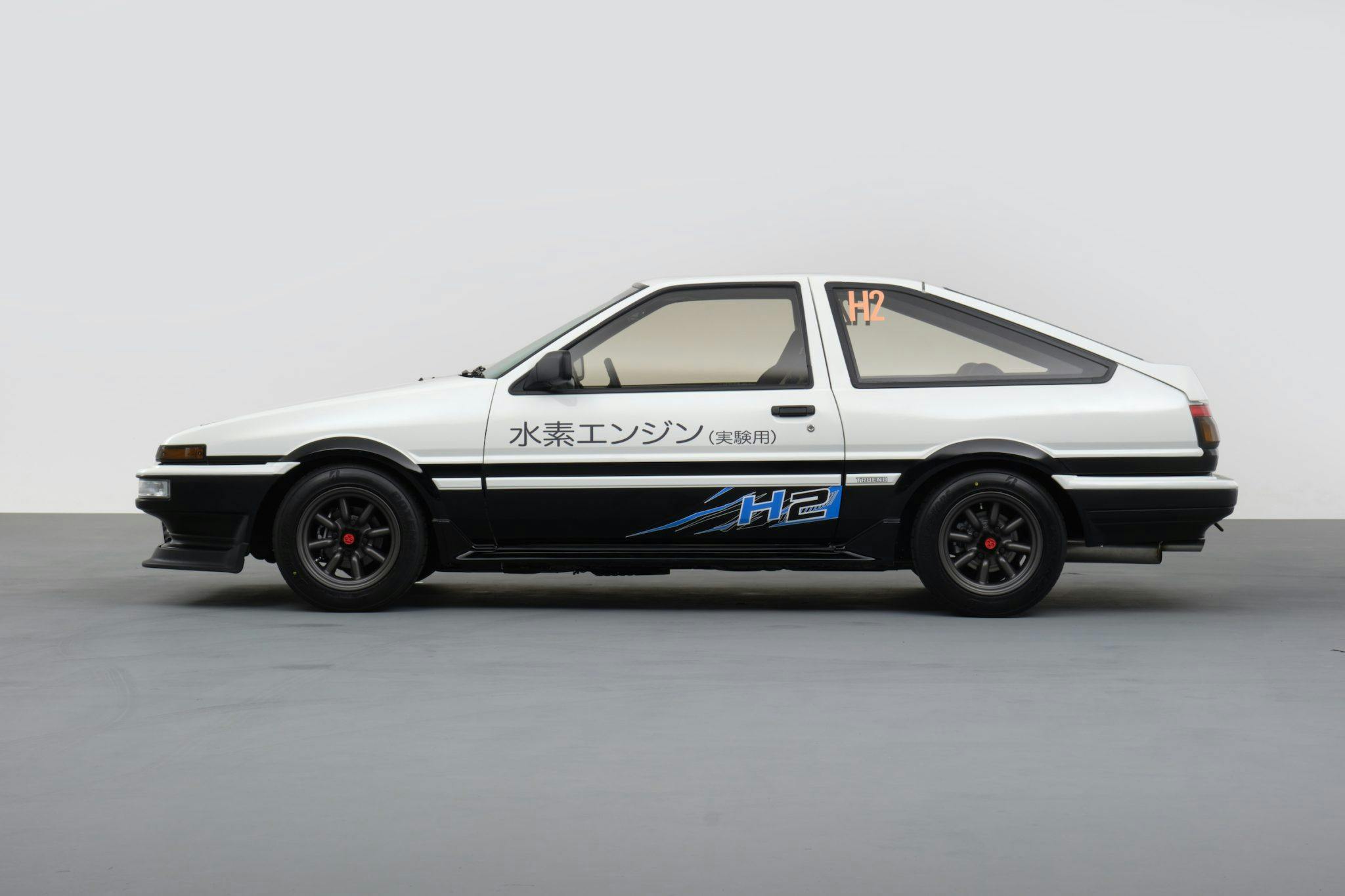

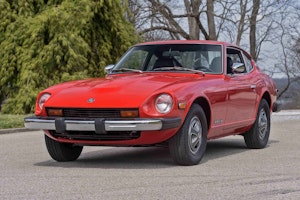
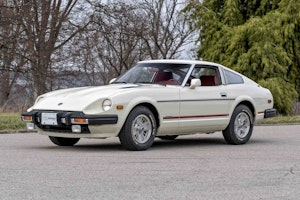
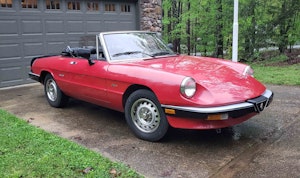

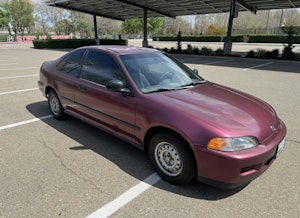


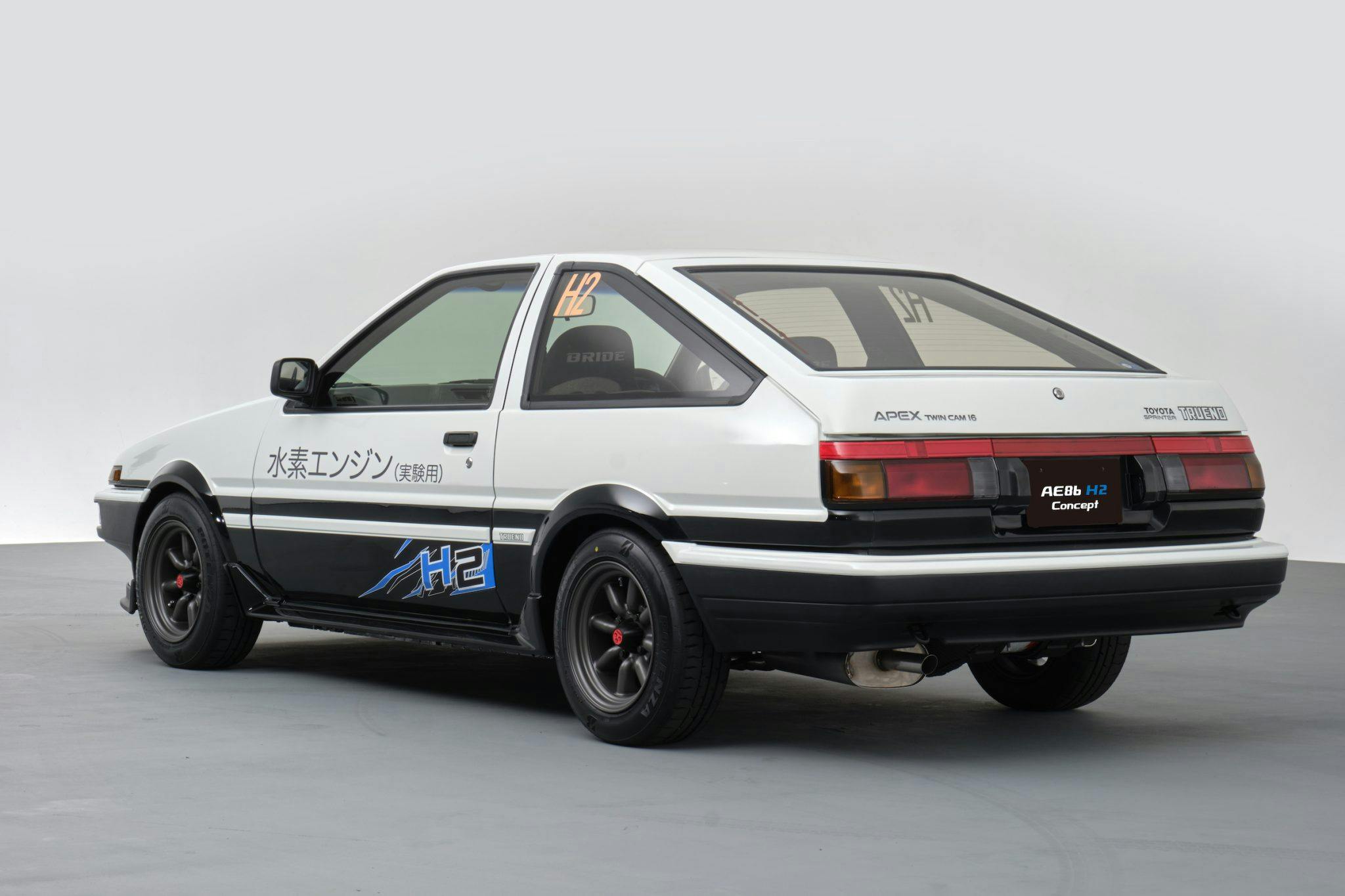
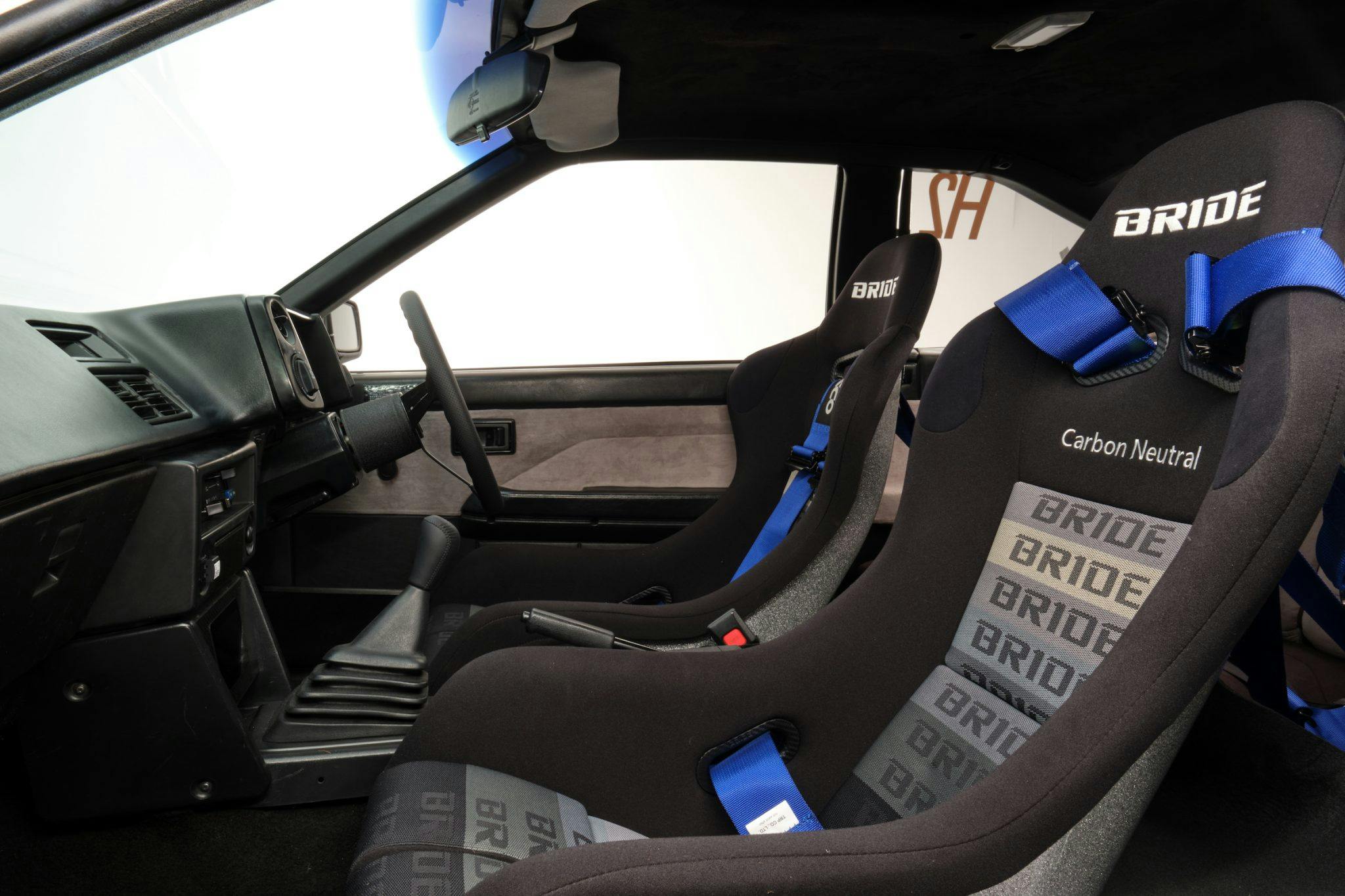
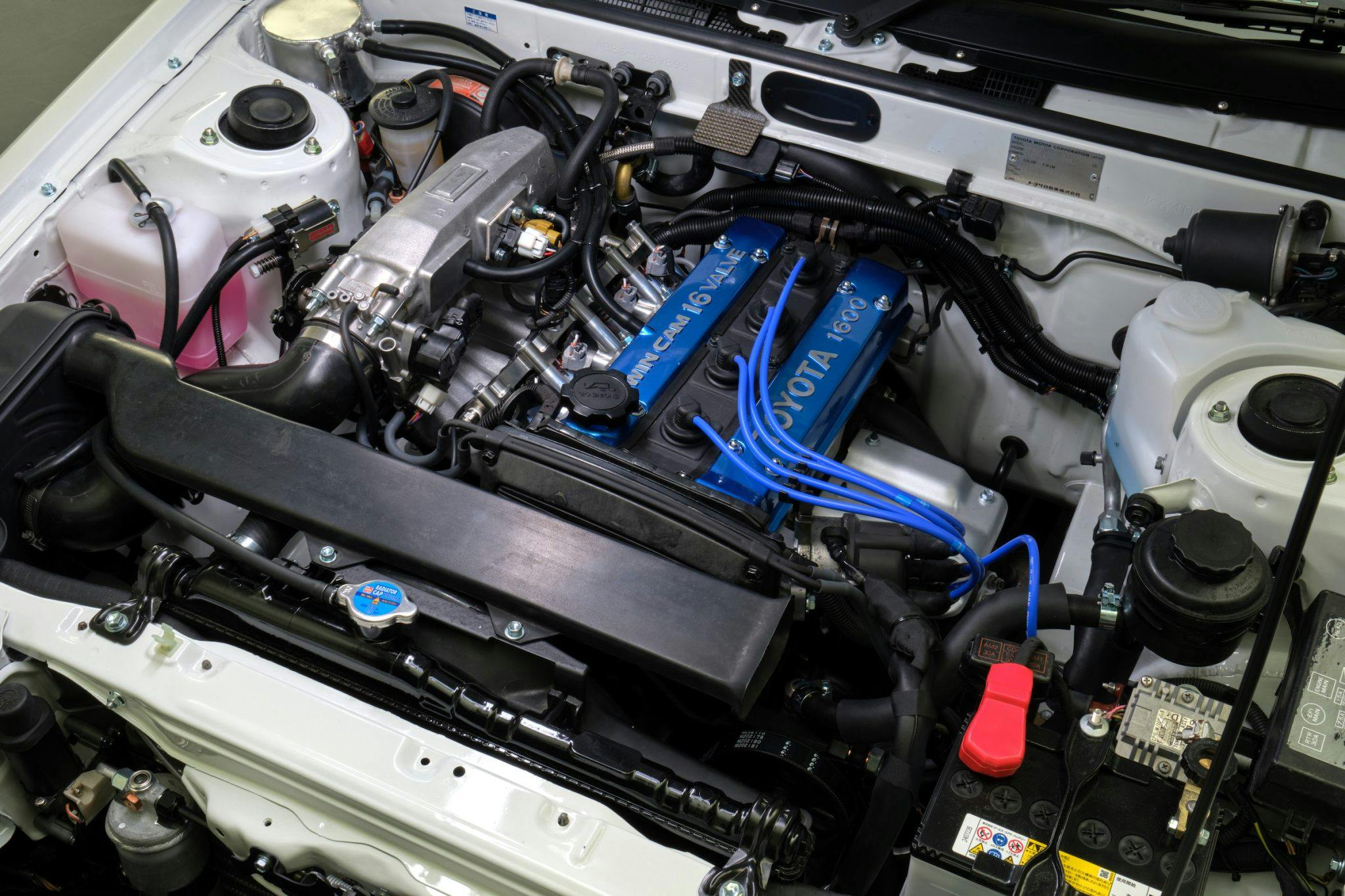
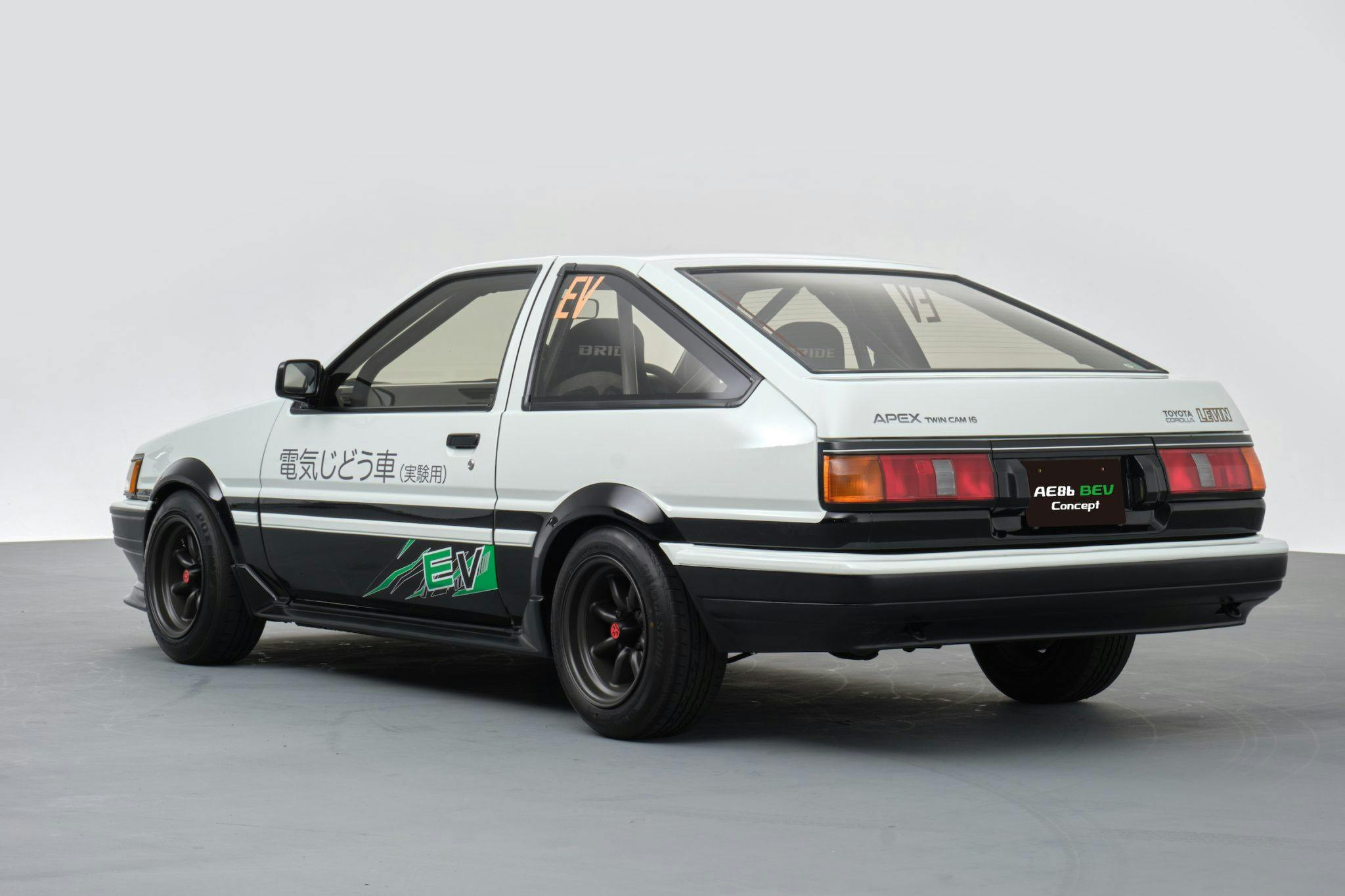

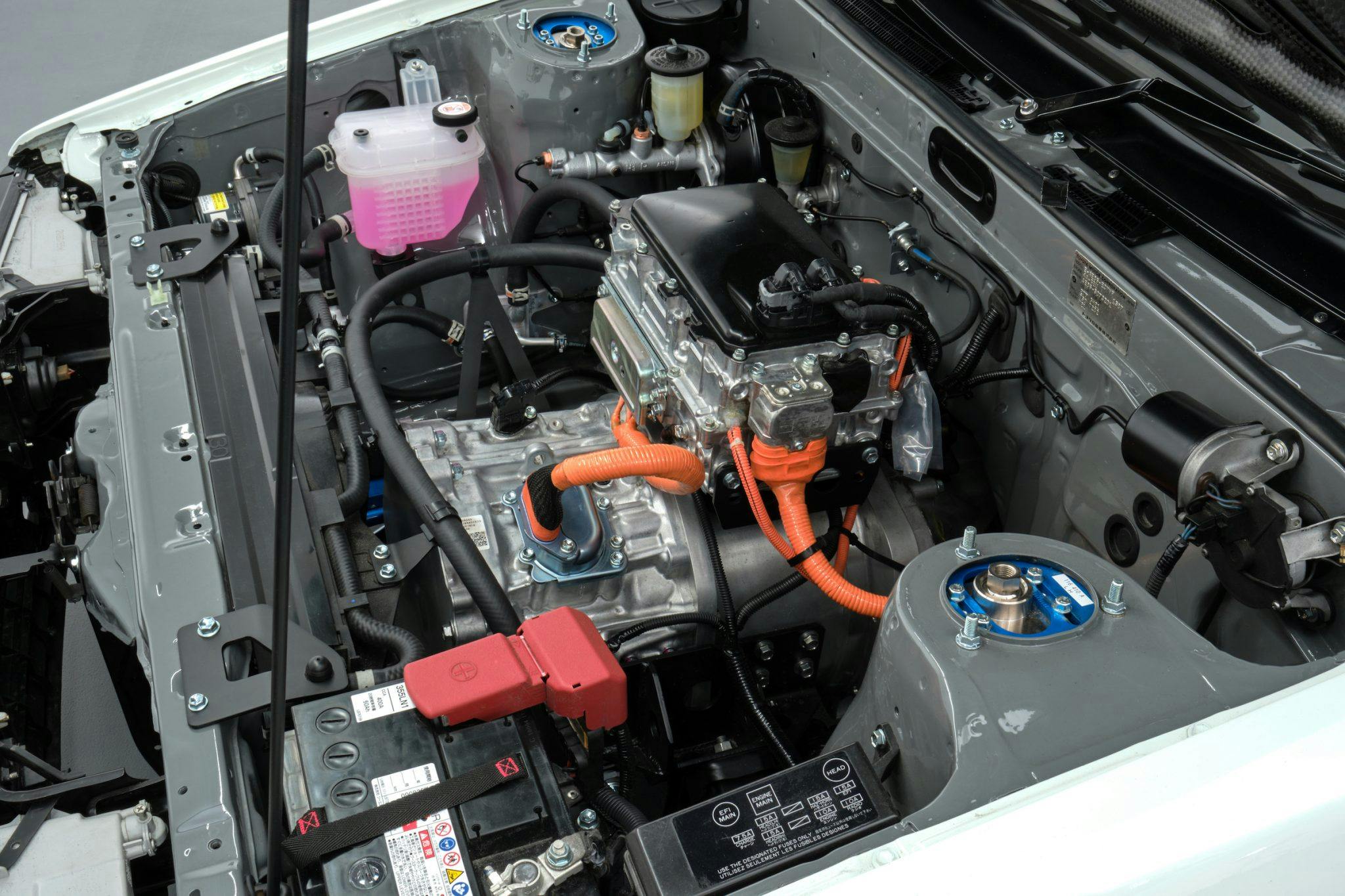










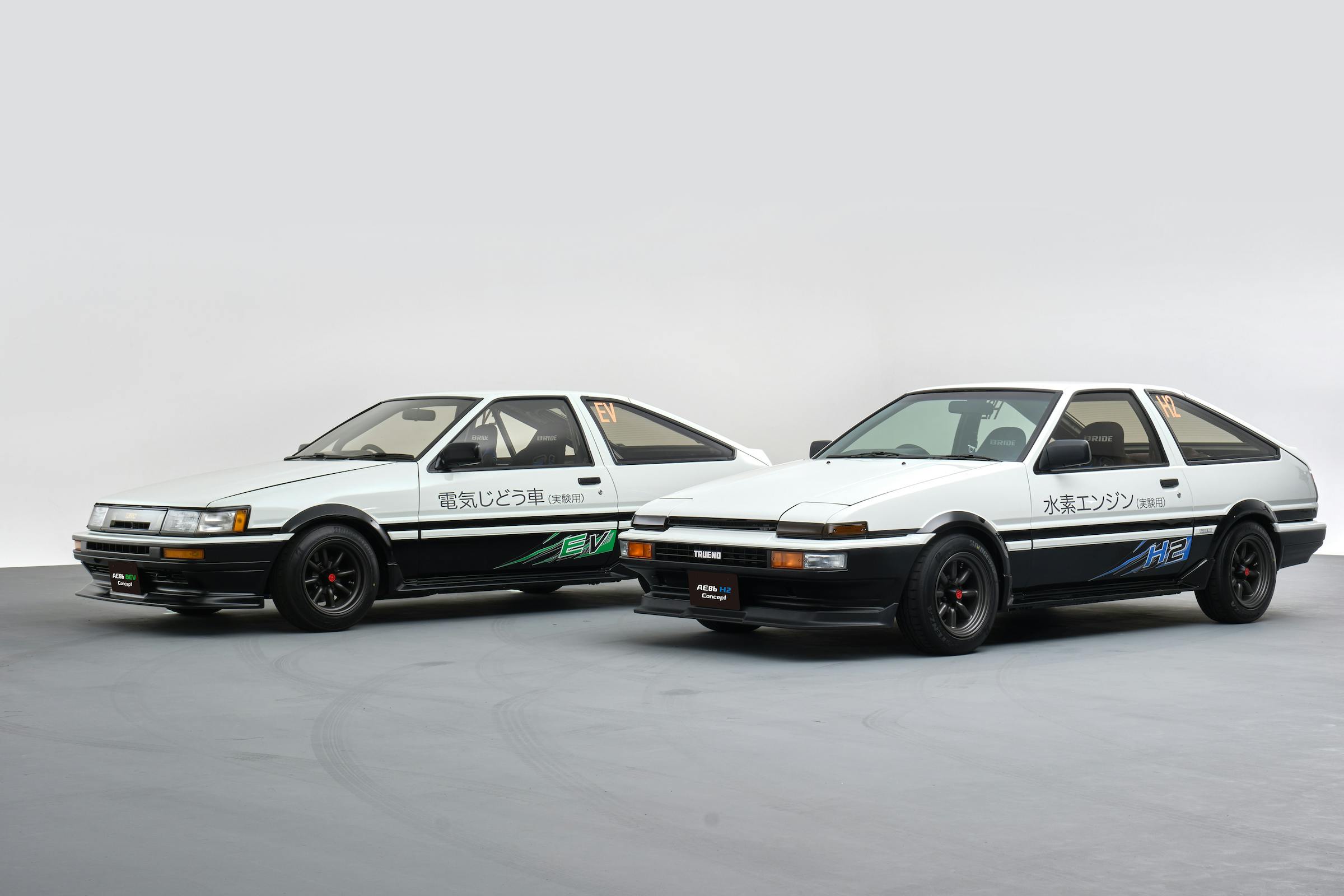
Hydrogen
Hydrogen is the way to go.
Hydrogen – like electricity – is not a source of energy; it’s just a way of storing energy. I’m so tired of hearing that hydrogen is “the most abundant element in the universe”. Yea, and electrons are abundant too – so why does that make them good for powering vehicles?
Despite hydrogen’s abundance, it takes energy to separate it from water. And if you separate it from hydrocarbons (e.g., those nasty fossil fuels), then you’ll have carbon left over – the stuff we went through this whole exercise to avoid.
I’m not saying that hydrogen-powered cars are bad or will never arrive. I’m just saying that like electric cars, it don’t address the problem of where the energy gets generated.
I’ll take the gas car preferrably, hydrogen second, ev, pass.
3 thumbs up
The 3 thumbs up was for Gary, gas or diesel for me.
Another question to be answered with regard to H2, is what is the range of the vehicle in which it is installed? In addition to how many “stations” will be needed to serve the country, or locality in which they are needed? Batteries are coming of age where the range is becoming acceptable, if one wants to wait upwards of 1 hour for recharges on long trips. Hydrogen could be produced from water, and no problem with carbon, but as pointed out, where is the energy to produce the hydrogen. Would like to see how the Scandanavians are doing with their hydrogen systems, if they are still using them, and see data on all the questions surrounding the use of hydrogen.
Gasoline.
If given the choice…hydrogen. It’s interesting to examine it’s sputtering start in California back in day. Many Japanese manufacturers jumped in, but it just never seemed to get legs. Gas was too cheap then, and it probably just wasn’t the right time.